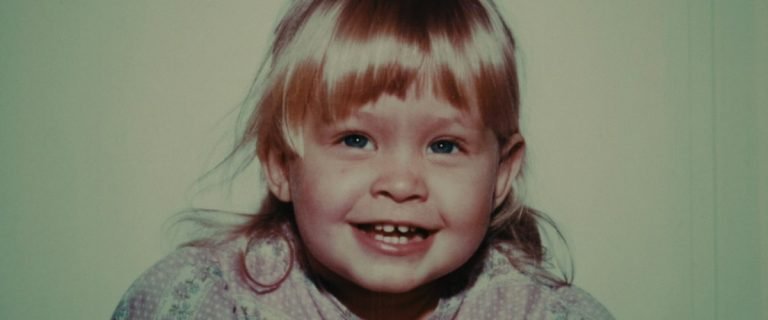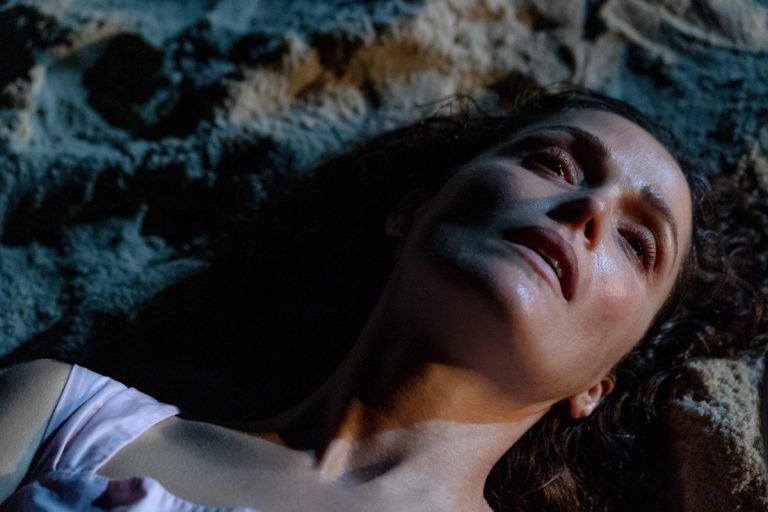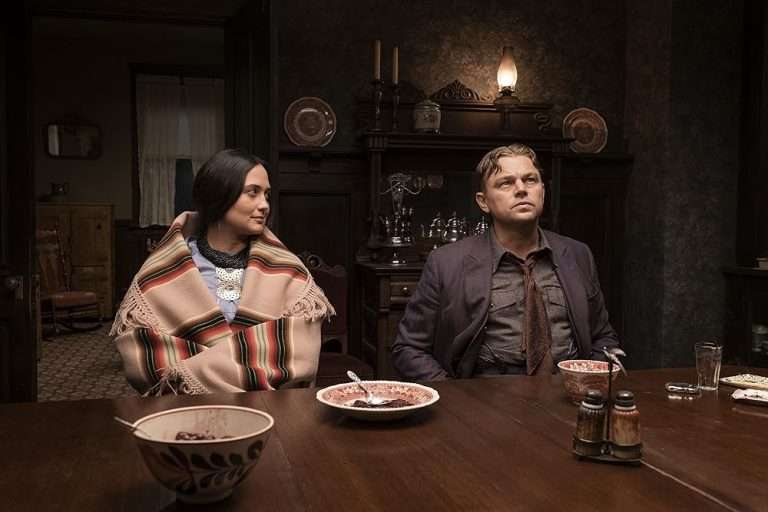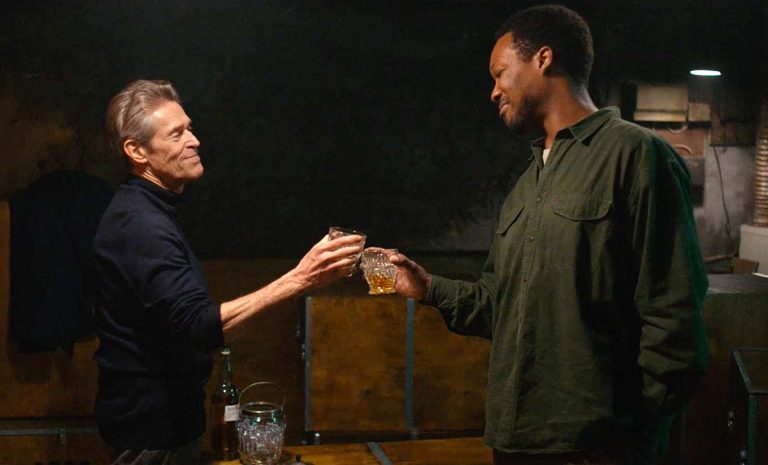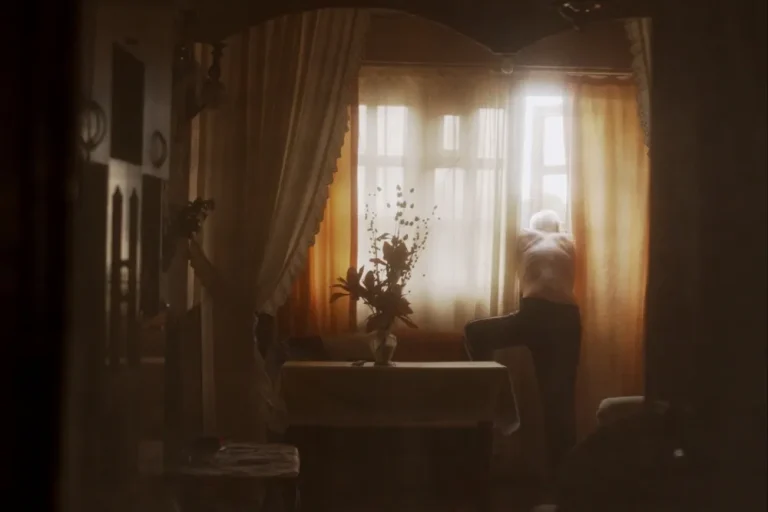With comic book adaptations dominating the film industry today, let’s take a trip back to a time when they were neither reputable nor among the most expensive films ever made. For fans of cult movies, Mario Bava hardly needs any introduction. Since his debut directing the gorgeously gothic “Black Sunday,” he innovated several genres, including the Giallo, with “The Girl Who Knew Too Much,” paving the way for the slasher film, the horror anthology with his masterful tryptic “Black Sabbath” (In the process giving the godfathers of heavy metal their moniker), and even science fiction – the fingerprints of his “Planet of the Vampires” are all over Ridley Scott’s “Alien” and “Prometheus.” “Danger: Diabolik” was produced during the height of the James Bond and “Batman 66” craze to cash in on the cult Eurospy genre. But whereas contemporary comic book adaptations center around superheroes, Bava’s world is an altogether different one.
“Danger: Diabolik,” tells the tale of an effortlessly cool anarchistic thief. He has everything Bond and Batman have – elaborate gadgets, a gorgeous female sidekick, and expensive cars, but he’s not on anyone’s side but his own. The comic book character, apparently a hugely popular draw in Italy, especially at the time, was designed to cash in on the above-mentioned crazes but was essentially produced as the lesser of two features by famous B-movie producer Dino De Laurentiis as a sideline to his “Barbarella” adaptation. But Bava upstaged this other effort in every department with this mid-budget spectacular.
Despite being Bava’s only film for a major Hollywood studio, he brought virtually everything under budget with his trademark consummate skill with low-tech effects and dazzling cinematography and design, and it’s nothing short of stunning. The comic-book stylings and pop art aesthetics overlay the film’s pulp origins. There’s little visually explicit sexuality in the film when Diabolik and his girl get it on in a pile of cash, nothing naughty is shown. But the film oozes sexuality, especially in Law’s skintight catsuit and Mell’s cutoff jeans, and their chemistry feels electric.
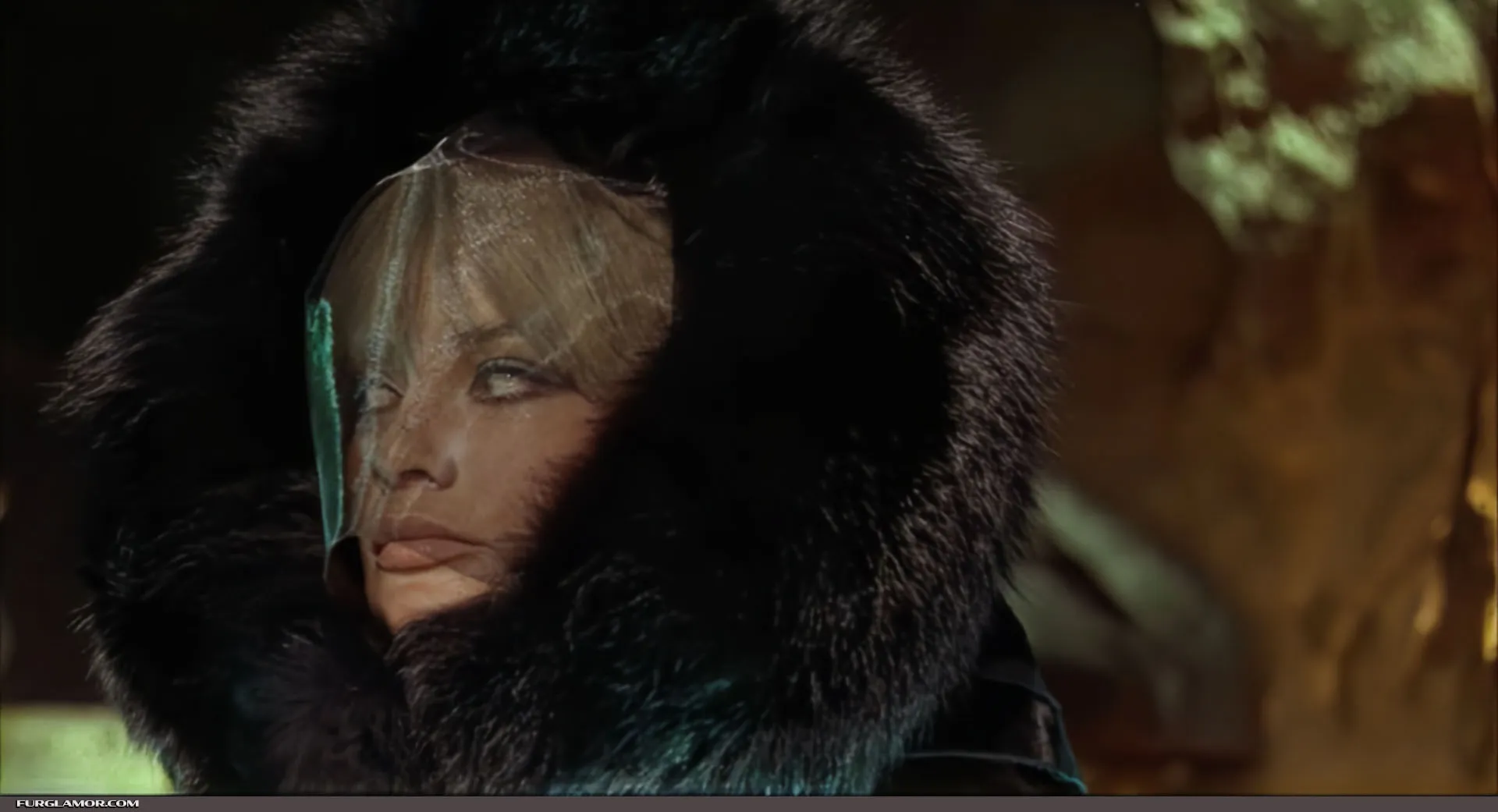
As with so many European genre movies of the era, “Danger: Diabolik” was an international coproduction, backed by Italian and French money with an international cast of actors. American Spaghetti Western stalwart John Phillip Law portrays the title character and statuesque Austrian supermodel Marissa Mell his femme fatale girlfriend. Elsewhere, James Bond (“Thunderball”) supervillain Adolfo Celi plays a gangster boss. French theatrical stalwart Michel Piccoli plays a police inspector, and English comedian Terry Thomas is a hilarious inept politician. They all turn in solid performances, but they and the plot are largely perfunctory. Instead, it’s all about style.
Bava’s camera work reflects the dynamism of comic book panels and his gorgeous colored lighting of their pastel world. Whereas superhero comics are about kinetic action, Bava’s world is lush and luxurious, given the kind of room to breathe and stroke the moment that’s only seen in European cinema. What narrative there is reflects the countercultural sexual revolutions and political upheavals of the swinging late sixties. While Batman fights for law and order and James Bond for Her Majesty’s secret service, Diabolik is a true anarchist, mocking authority, laying waste to tax centers, stealing precious emeralds from the impossibly rich, and even swiping literal tons of gold, all for his own pleasure alone. He’s such a menace that the authorities and the mob are willing to team up to try to stop him, though of course, he’s too far ahead, and impossibly cool to ever fall into their clutches.
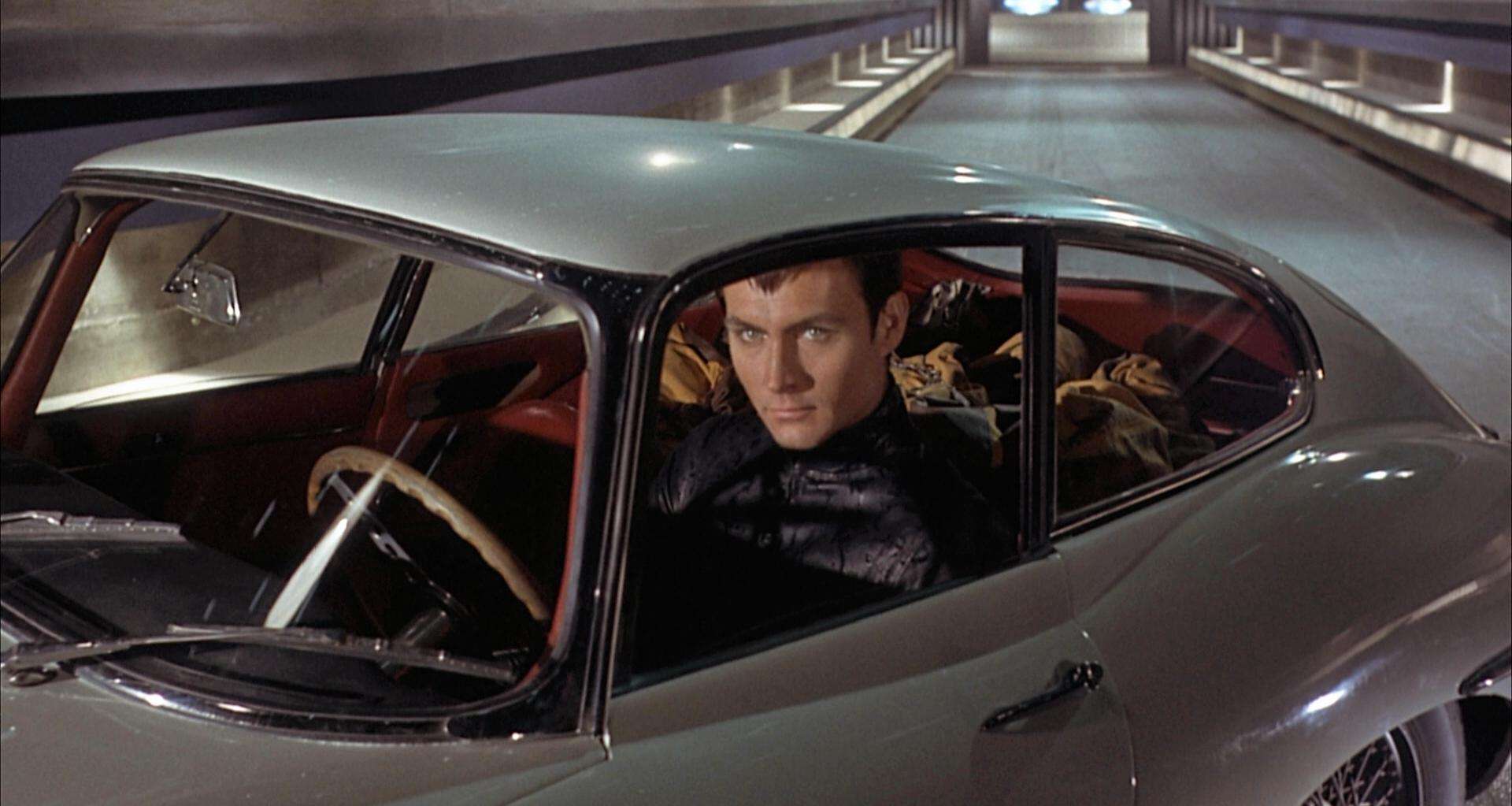
Bava’s usual use of color is breathtaking, nearly every scene is washed in lush, gorgeous primary pastel hues and is stylistically expressive, and his lighting and fluid camera moves are stunning for a film of such small resources. Reportedly, his experience with low-budget effects led to him turning in the finished product to the pleased and shocked producers for less than the sum they had allotted him. Bava was a former cameraman when he got his start in the industry, and he and his cinematographer Antonio Rinaldi created a beautiful, richly realized world. Everything about the film’s style flows smoothly, from its dancelike choreography in its heist sequences to its car chases and action set pieces.
Production designers Flavio Mogherini and double Oscar-winning Fellini alum Piero Gherardi stylize the world, and it has often been compared to Ken Adam’s work on the Bond franchise. But nothing ever feels like not too much; everything is larger than life, but just the right size for the film’s aesthetic. Whereas “Batman 66” was always high camp, the film’s sleek colors and designs seem tasteful rather than gaudy. Diabolik spends much of the film in a tight form-fitting costume design by another future Academy Award-winner, effects man Carlo Rambaldi, but the film’s true MVP is legendary composer Ennio Morricone, whose propulsive, swingingly jazzy score provides the film the perfect glue to hold everything together.
Sadly, the original elements were lost in a warehouse fire, and it has never been issued separately from the film in various bootlegs by the film’s fans. “Danger: Diabolik” marked a departure from Bava’s usual horror fare and has grown in cult status in the years since its release, both a product of its time and simultaneously ageless. It currently streams on Kanopy through select libraries and is available on Blu-ray in a transfer that showcases its dazzling colors.


